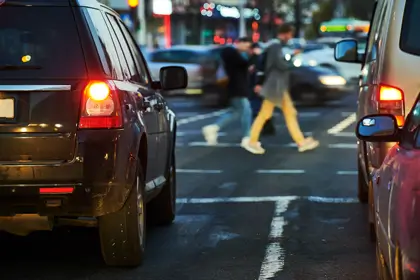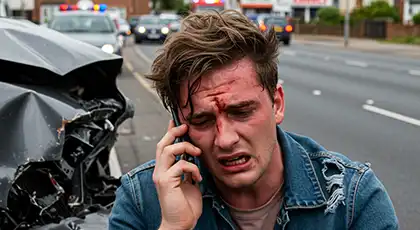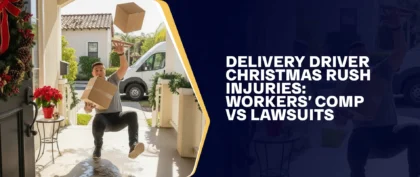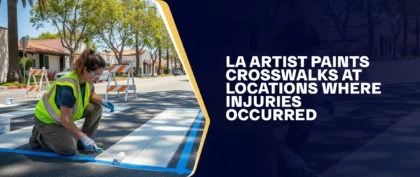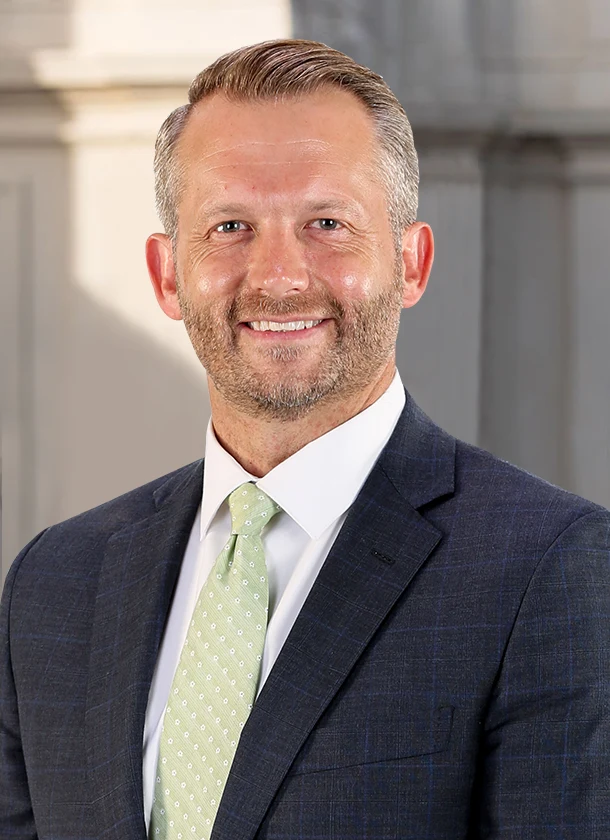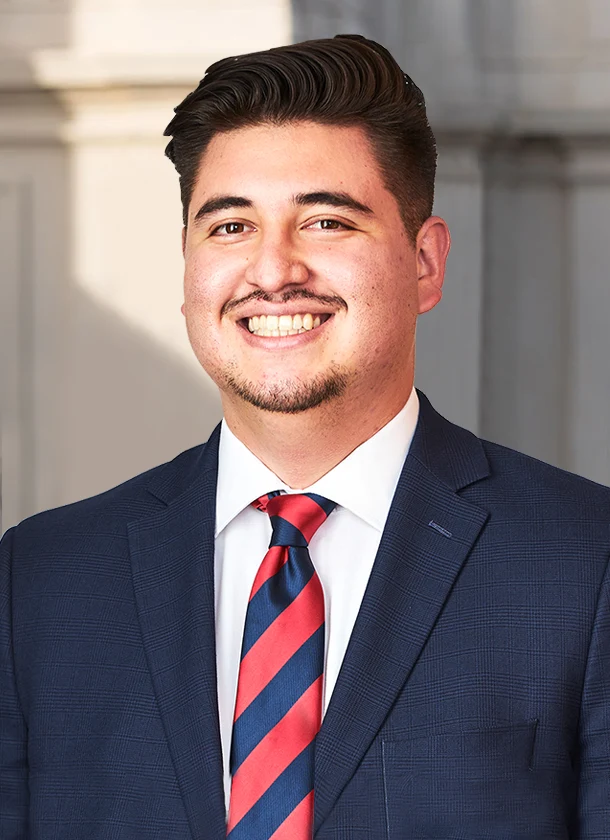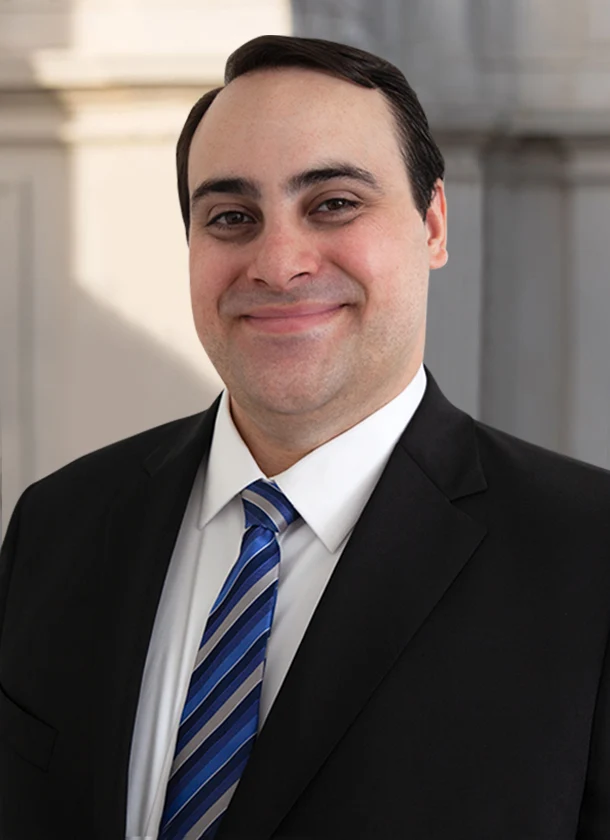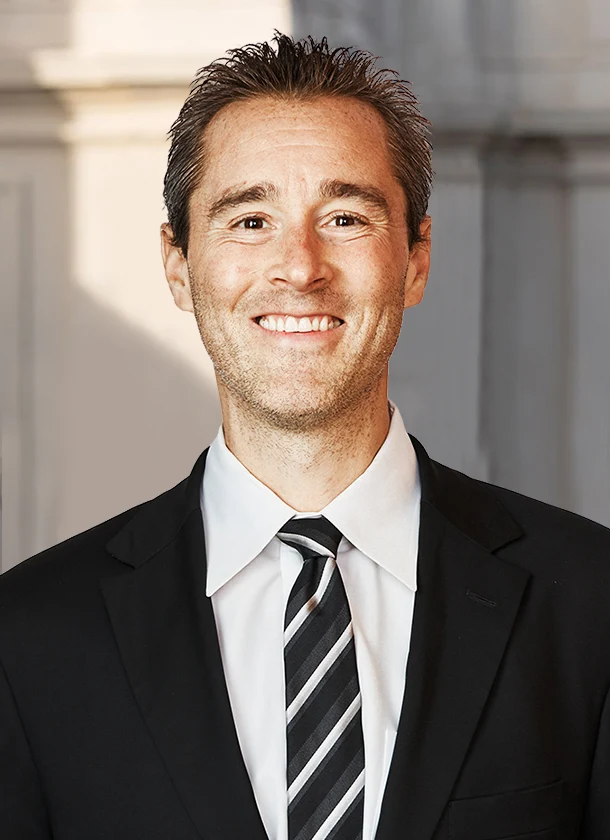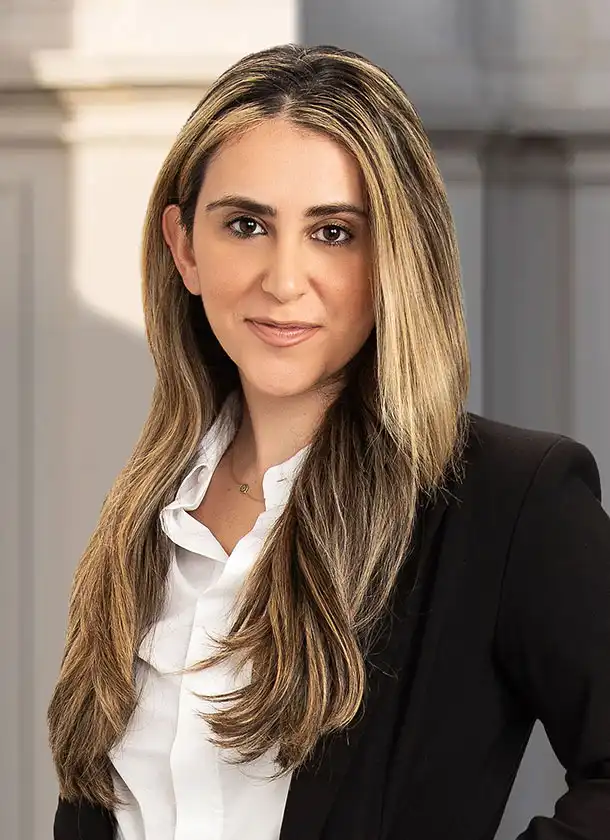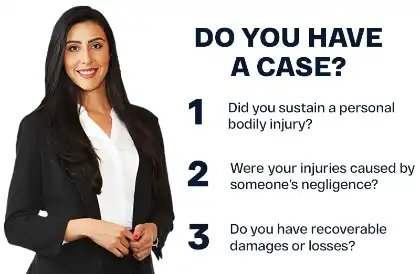Table of Contents
The majority of accidents occur on evenings and weekends. Over the holidays, there is often an increase in fatalities related to drinking and driving, with a high percentage of these incidents occurring on the weekends.
Approximately 4.4 million Americans are injured annually in a car accident. There are several reasons why car crashes happen and why they occur at specific times. Knowing when the accidents are likely to occur can help you avoid them.
Many car accidents happen in the evening and on holidays, and these incidents often carry a greater risk of serious injury or fatality.
If you or someone close to you suffered injuries in a car accident, consider speaking with a California car accident lawyer to understand your rights and legal options. You can reach Arash Law at (888) 488-1391 to schedule a free initial consultation.
What Time Of Day Do Car Accidents Usually Happen?
The National Safety Council notes that the peak time for crashes occurs between 4:00 p.m. and 7:59 p.m. local time, but the times change seasonally. During the spring and summer, crashes peak between 8:00 p.m. and 11:59 p.m. In the summer, crashes that are not fatal tend to peak between noon and 3:59 p.m.
According to the National Highway Traffic Safety Administration’s (NHTSA) 2021 Traffic Safety Facts, rural traffic fatalities typically occur during the day, between 6 a.m. and 5:59 p.m. Meanwhile, urban traffic fatalities usually happen at night, between 6 p.m. and 5:59 a.m.
Car accidents tend to follow predictable patterns, with late afternoons and early evenings being the common times for them to occur. Crashes also happen more frequently on weekends and holidays. Certain types of collisions are more likely to occur at specific times of day.
How Timing And Location Can Impact An Injury Claim
When and where a crash happens can affect the assessment of liability. For example:
- Nighttime accidents may raise questions about poor visibility, alcohol use, or whether headlights were on.
- Intersection crashes may involve issues such as signal timing, distracted driving, or failure to yield.
- In some cases, a malfunctioning streetlight or poorly marked road could shift partial responsibility to a government agency.
Under California’s comparative negligence law, multiple parties may share fault. These details matter when calculating the compensation you may be able to pursue.
According to NHTSA, the rate of alcohol impairment among drivers involved in fatal crashes is nearly three times higher at night than it is during the day. In other words, drinking and driving accidents are more common at nighttime, which is when hit-and-run accidents also seem to spike.
Key Evidence That Helps Establish Fault
The location and time of a crash often shape the kind of evidence available. Examples include:
- Urban Areas — Surveillance footage, dashcams, and eyewitness accounts are often available.
- Rural Roads — Skid marks, GPS data, or black box vehicle information may be critical due to limited visibility or lack of witnesses.
- Nighttime Crashes — Evidence may include headlight condition, road lighting, or proof of impaired driving.
- Intersections — Traffic light sequencing, cell phone records, or vehicle angles at impact can clarify liability.
Gathering this evidence promptly is crucial, as it may become unavailable or less reliable over time. Traffic cameras and eyewitness reports play a bigger role in catching hit-and-run drivers.
Our California injury law team has handled a wide range of car accident cases over the years. We have hit-and-run accident lawyers who can help assess whether you may have a valid case.
Every accident is unique. We help clients gather evidence and understand their legal rights after a crash. If you’re unsure about how the timing or location of your accident might affect your case, our motor vehicle accident attorneys can review your situation and explain your legal options.
Car Accident Trends By Day Of The Week
Weekends and evenings are generally vulnerable times for car accidents, but it can be more specific than that. Rush hour, also known as the commute hour, is a high-risk time for car accidents. Additionally, times around bar closing hours often see a rise in crashes related to impaired driving.
Studies consistently show that Tuesdays are the safest days to be on the road, while Saturdays are hazardous, particularly on non-holiday weekends. In 2016, when 37,461 traffic fatalities were recorded in the United States, 6,802 occurred on Saturdays, making it the deadliest day of the week.
NSC data from 2023 supports these findings, revealing that fatal car crashes were more common on weekends, with a peak on Saturday. In contrast, nonfatal crashes occurred more frequently on weekdays, particularly on Fridays, likely due to higher traffic volumes associated with work and end-of-week travel.
Where Do Car Accidents Happen?
Car accidents tend to occur in familiar and high-traffic areas. These are places where drivers feel more comfortable and may let their guard down.
- Rural Roads — Although only 19% of Americans live in rural areas, a significant portion of traffic fatalities happen there, making these roads more dangerous than many people assume. With fewer cars and wider roads, drivers are more likely to speed, which can lead to more severe crashes.
- Stoplights and Interesections — These areas are frequent crash sites. Drivers may misjudge braking distances, run red lights, or fail to yield the right of way. Distractions like texting or reaching for coffee often play a role in these collisions.
- Parking Lots and Garages — Low-speed crashes are common in parking structures. Drivers may back out without checking blind spots or react poorly in low-light conditions. Pedestrian traffic adds to the risk.
- Residential Streets — Drivers may relax too much in their own neighborhoods. Speeding down the street, reversing without looking, or rolling through stop signs are common causes of accidents in the vicinity of one’s home.
- Unfamiliar Vs. Familiar Areas — Ironically, drivers tend to be more cautious in unfamiliar areas, such as on road trips, because they’re more alert to signs, traffic patterns, and surroundings.
If you sustained injuries in a crash, regardless of where it occurred, it’s essential to understand your legal rights. A personal injury lawyer can help you explore your options and determine whether you may be eligible for compensation.
Common Crash Types By Location
Different driving environments lead to other types of crashes. Here are some examples:
- Intersections — T-bone and left-turn collisions are common, often due to red-light running or confusion over right-of-way.
- Stoplights — Rear-end crashes frequently happen when drivers follow too closely or brake suddenly.
- Parking Lots — Low-speed crashes involve reversing vehicles or drivers failing to see pedestrians.
- Freeways and Highways — Sideswipes and high-speed rear-end collisions may occur during merging or lane changes.
- Residential Streets — Crashes may involve pedestrians, parked cars, or drivers speeding through familiar neighborhoods.
Understanding where and how your accident happened can help determine who was at fault.
Risky Locations For Car Accidents
It is not just an urban legend that the majority of car accidents occur near home. Much of this belief stems from the fact that drivers get more comfortable in their neighborhoods and work communities.
We tend to be less cautious on familiar roads, which can make those areas common sites for car accidents. However, when we are in unfamiliar regions, we usually pay more attention to road signage, traffic lights, and the traffic around us.
Stoplights are commonplace for rear-end collisions. These often occur close to home or near places we are familiar with, such as our workplace and our children’s schools. Drivers go fast and think they have a lot of room to slow down when they don’t.
Intersections are hot spots for similar reasons. Even experienced drivers may forget who has the right-of-way. Some drivers may act recklessly or fail to yield, increasing the risk of collisions at intersections.
Parking lots are another common hotspot for car accidents. It is easier to speed here. There aren’t often fatalities in parking lots, but these are still very dangerous spaces to drive in.
What Should You Do After A Car Accident?
If you’ve been in a car accident, whether in your neighborhood, a parking lot, or a busy intersection, you may be dealing with pain, paperwork, and uncertainty about what to do next. Even if the scene has cleared, there are still important steps you can take to protect your health and your legal claim.
Here are some things to consider doing after the crash:
- Follow up on Medical Care — Some injuries, like concussions or soft-tissue damage, can worsen over time. Consistent treatment also builds a clear medical record that supports your case.
- Request a Copy of the Police Report — If law enforcement responded, the report may contain key details about fault and witness statements.
- Preserve Documentation — Save all photos, medical bills, repair estimates, and communication with insurance companies. These documents can become vital evidence.
- Write Down What You Remember — Your memory of the accident may fade over time. Make note of the time, location, what you saw, and anything the other driver said.
- Avoid Speaking to Insurers Alone — Insurance adjusters may seem helpful, but their goal is often to minimize payouts. It is advisable to have a lawyer handle these conversations.
- Contact a Personal Injury Attorney — An experienced lawyer can help you understand your rights, gather additional evidence, and seek fair compensation for your damages.
Even if the initial crash felt minor at first, the effects may worsen over time. That’s why it’s important to seek medical attention promptly for proper evaluation and treatment. In addition, speaking with a lawyer early gives you the chance to protect your interests.
Where Do Motorcycle Accidents Commonly Occur?
Before we look at why motorcycle crashes happen, let’s talk about where they’re likely to occur. According to 2021 data from the National Highway Traffic Safety Administration (NHTSA):
- Around 67% of fatal motorcycle accidents happen in urban areas.
- About 92% occur on non-interstate roads.
These numbers may seem surprising. Many people assume that fast-moving highways are the dangerous ones for riders, but that’s not usually the case.
Cities pose a higher risk for motorcyclists due to the constant movement and distractions. Drivers may be impatient or distracted, pedestrians can step into the road without warning, and delivery vehicles often block traffic. Add in scooters, bicycles, and poor road conditions, like potholes and construction zones, and it’s easy to see why urban streets can be so hazardous for riders.
Non-interstate roads are also high-risk. These include winding roads through neighborhoods, small towns, or scenic areas. Riders often enjoy these routes, but they come with hidden dangers: blind driveways, sharp turns, crossing animals, and limited lighting. These roads aren’t all well-marked or maintained, which increases the chances of a crash.
Legal Tips For Motorcycle Accident Victims
If you were recently injured in a motorcycle crash, you may be facing serious injuries and challenges in the claims process. Insurance companies may claim that motorcyclists were speeding or weaving through traffic, even when the facts say otherwise.
In addition to the general steps shared earlier (such as seeking medical care, preserving documentation, and avoiding early contact with insurers), here are suggested motorcycle-specific actions for riders:
- Preserve Your Riding Gear — Helmets, jackets, gloves, and boots may show impact points or damage that helps support your injury claim.
- Photograph Road Hazards — Take pictures of loose gravel, potholes, oil slicks, or uneven pavement. These are common causes of motorcycle crashes and may point to a negligent property owner or public agency.
- Don’t Assume Blame If You Weren’t Wearing a Helmet — While California law requires helmet use, not wearing one doesn’t automatically disqualify you from compensation. An attorney can help assess how it may affect your claim.
- Make Note of Visibility Issues — If the driver said they “didn’t see you,” that statement could support a failure-to-yield or distracted driving case.
Motorcycle accident claims often involve more severe injuries, greater bias, and more complex liability issues. Working with an attorney who understands motorcycle law in California can help protect your rights and pursue compensation for your injuries and losses.
Consult With Our Car Accident Lawyers
After a car accident, it may seem clear what happened and who was at fault, but things often become more complicated. Injuries may worsen, memories fade, and other parties might dispute the facts. That’s why having experienced legal guidance from the start is so important.
Led by Arash Khorsandi, Esq., the team at Arash Law has years of experience helping Californians navigate the legal aftermath of serious crashes. We’re available to review your case, explain your rights, and walk you through the legal steps that may apply to your situation.
Call us at (888) 488-1391 for a complimentary initial consultation with a California car accident attorney. We work on a contingency fee basis, meaning clients will not pay for our attorneys’ services unless compensation is obtained through a settlement or verdict. However, certain case-related expenses may still apply.

